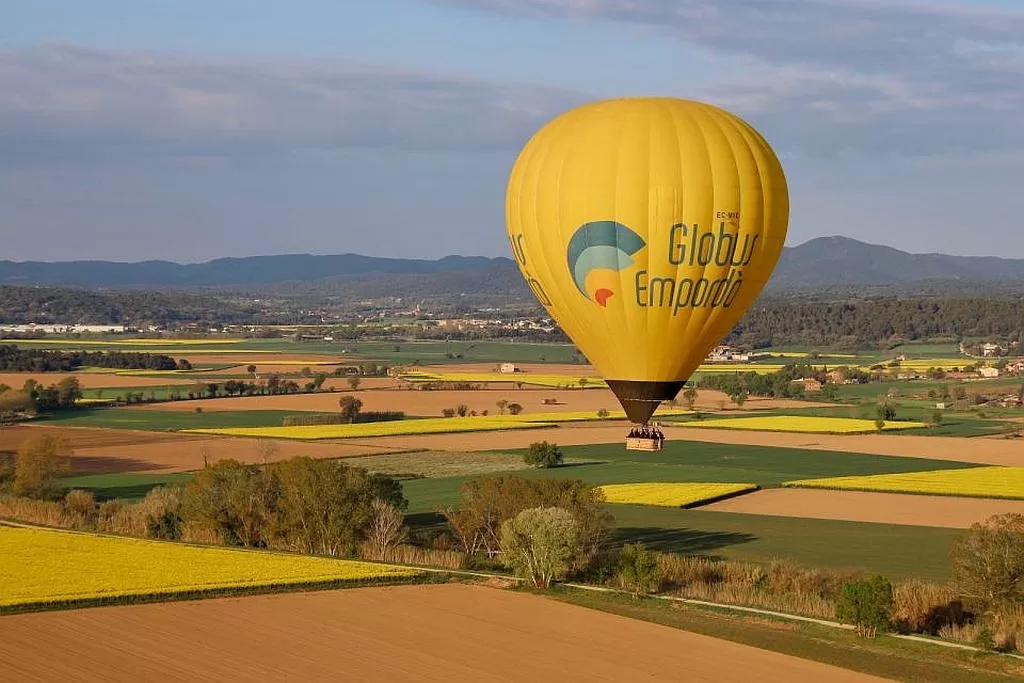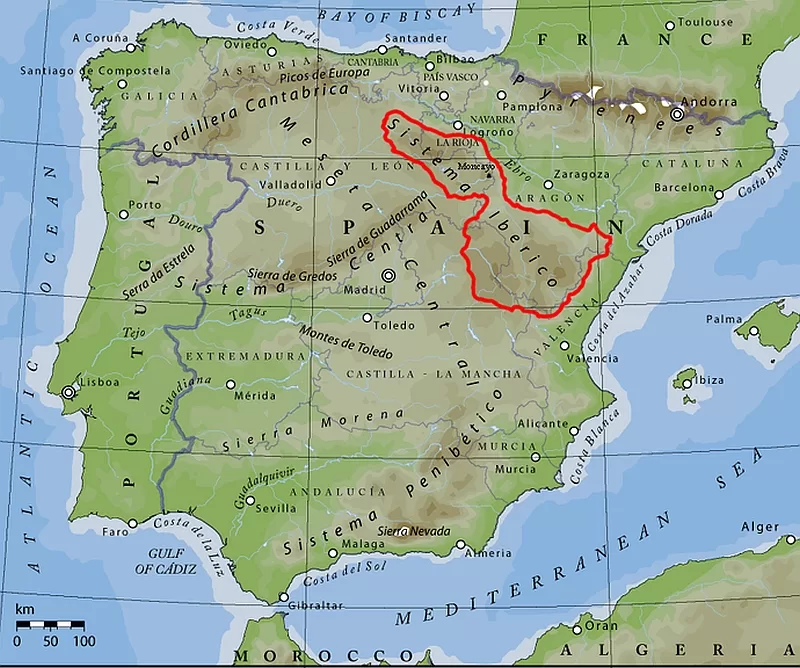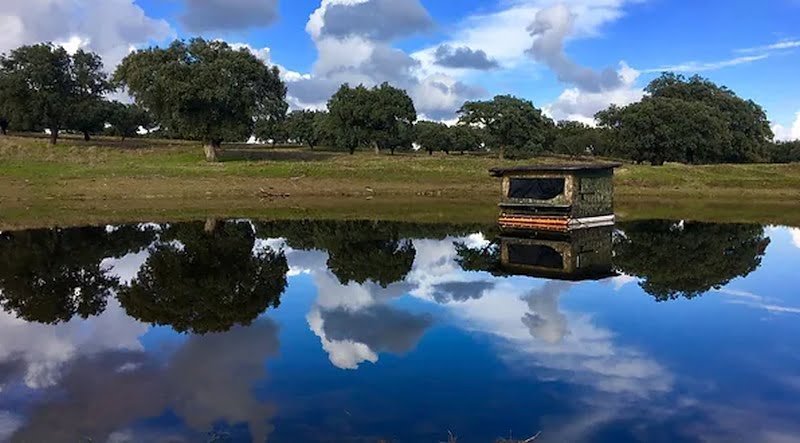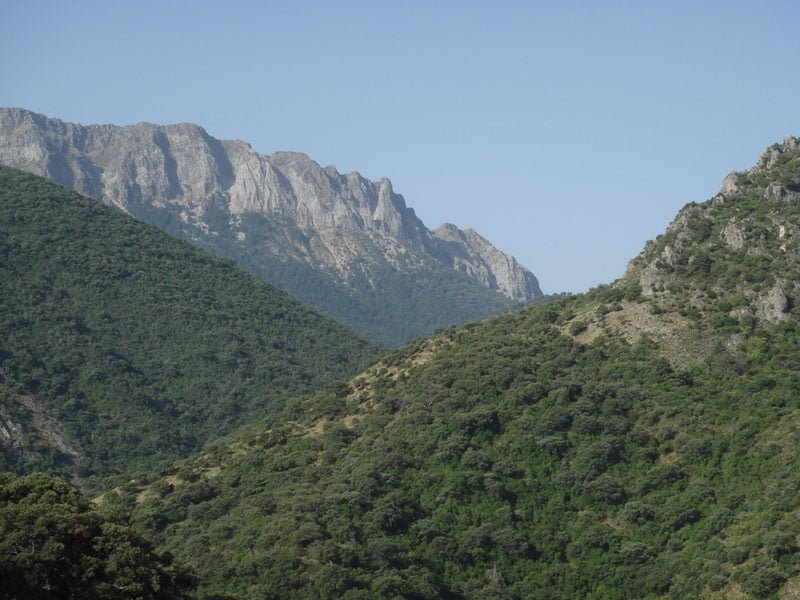Hot air balloon flights in Spain can be a truly unique and unforgettable experience. (See these available at Viator.) Spain offers a diverse landscape that can be appreciated from high up in the sky. From soaring above the Pyrenees Mountains, to floating over the picturesque vineyards of La Rioja, to admiring the winding Guadalquivir River in Andalusia, a hot air balloon ride in Spain offers an unparalleled perspective of the country’s stunning scenery. Quite a few hot air balloon flights are also available over at Get Your Guide.
I’ve been living in this lovely area of Western Andalucia for the last 20 years or so and dedicate most of my time to the running of English language tourist information websites for the towns of Cádiz, Ronda, Grazalema, the famous or infamous Caminito del Rey, and also Wildside Holidays, which promotes sustainable and eco-friendly businesses running wildlife and walking holidays in Spain. My articles contain affiliate links that will help you reserve a hotel, bus, train or activity in the area. You don’t pay more, but by using them you do support this website. Thankyou!








